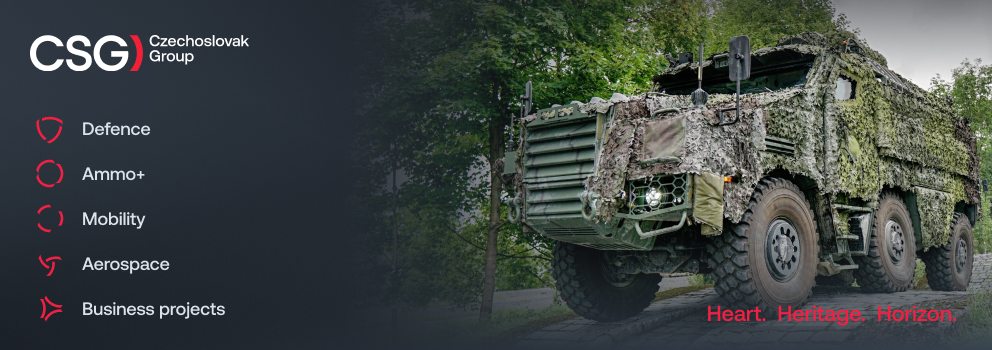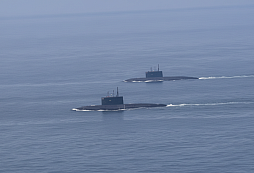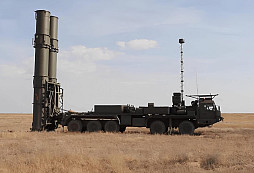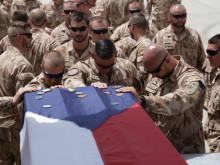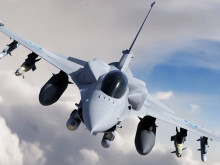Clear Sky 2025: The most demanding task is intelligence support and security, without which no appropriate or correct decisions can be made
A large-scale certification exercise, Clear Sky 2025, was recently held in Stará Boleslav in line with the NATO TACEVAL methodology. This assessment successfully concluded a four-year cycle of demanding preparation, which confirmed the high level of readiness of members of the 261st Command and Control Center and the Protection Company of the 263rd Support Battalion for deployment within NATO's collective defense.

Members of the 261st Center demonstrated their ability to respond effectively to crisis situations in airspace while performing airspace reconnaissance tasks, identifying contemporary air threats, operating early warning systems against air attacks, and the ability to effectively control both aircraft and ground-based air defense systems, including the ability to restore combat capability after an attack using weapons of mass destruction. The protection company then provided effective and timely perimeter protection against attacks from the ground and the air, including countering mortar attacks, unexploded ordnance, and fires, and ensuring the evacuation and protection of personnel from areas under attack.
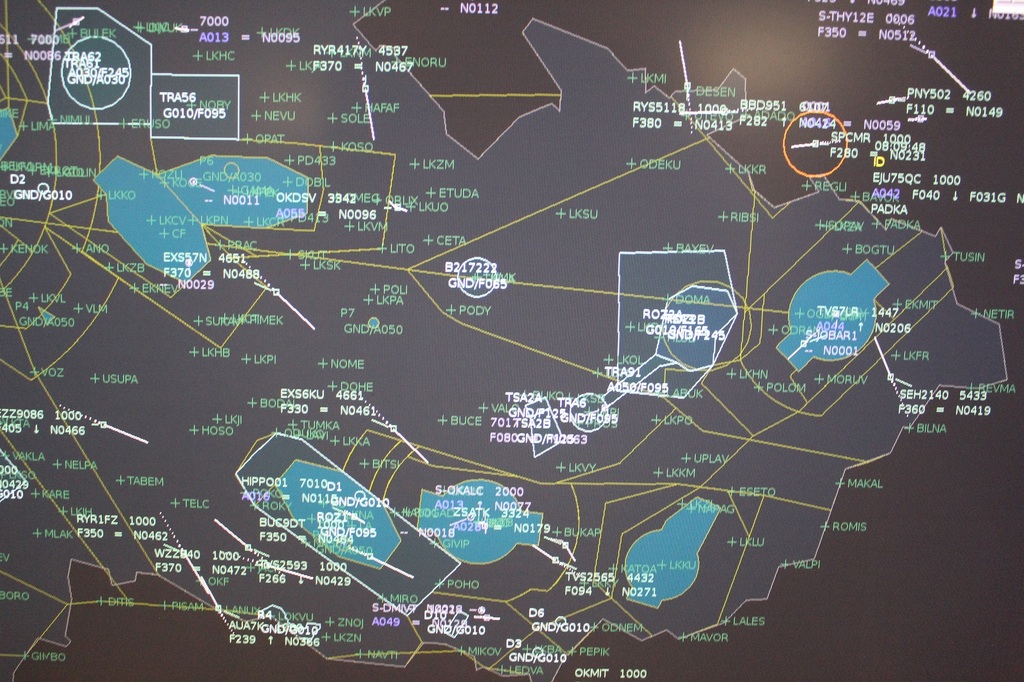
The fact that the preparation was demanding and the skills test was no walk in the park was confirmed by the words of Ensign Milan Kania, an operational specialist at the 261st Center: "We reached our limits not only during training, but especially during the exercise itself. Everyone wanted to show their best, and the responsibility not to mess anything up was often exhausting. Fortunately, thanks to good training, it was easier and more bearable. In my opinion, the most stressful part was evacuating people from the affected and smoke-filled areas so that we could all get out in time." Finally, he added that everyone worked as a well-coordinated team, supported each other, and managed to overcome all the difficulties of the exercise.
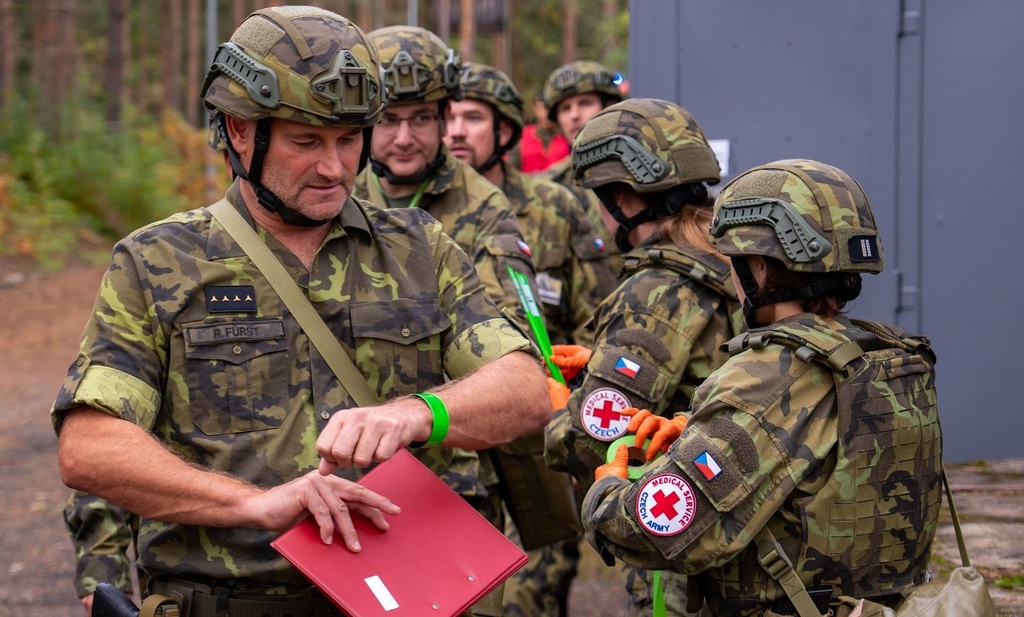
The assessment itself was conducted by the Operations Command, which is responsible for the readiness of units for deployment in NATO operations. The assessment team included experienced experts and instructors from both the ground and air forces. "We focused on all the important aspects that are necessary for deployment in operations. These include the individual skills of each soldier, as well as procedures for command and control forces and resources in securing airspace. The determination and commitment of all participants, without exception, was evident," said Brigadier General Martin Janatka, head of the evaluation team. He added that it was a comprehensive evaluation of the unit, including logistical support.

Successful completion of this certification exercise means that the Air Force has units capable of operating within NATO's integrated air and missile defense system, which significantly strengthens the defense capabilities of the entire alliance and the Czech Republic and proves that we are fulfilling our defense commitments. "I am extremely proud of the members of the regiment who have mastered such a complex assessment, but also of everyone who has participated in the preparation and professional growth of the trainees throughout the four-year cycle," said Colonel Zdeněk Patera, commander of the 26th Command, Control, and Reconnaissance Regiment, at the end of the exercise.
In connection with the Clear Sky 2025 exercise, we asked Colonel Zdeněk Patera, commander of the 26th Command, Control, and Reconnaissance Regiment, a few questions.
What do you think were the key factors that determined the success of the Clear Sky 2025 alliance certification after a four-year preparation cycle?
Several factors are fundamental to the success of such certification exercises, specifically a long-term and systematic preparatory cycle, including specialized and technical components such as procedures and processes for identifying airborne objects, aircraft control procedures, control of anti-aircraft missile units and systems, etc. Another important factor is comprehensive scenarios and realistic training that reflect modern threats and lessons learned from recent conflicts, including cyber attacks, infrastructure failures, mortar attacks, chemical incidents, and attacks by unmanned aerial vehicles. Cooperation with international partners, interoperability, and logistical support also play a key role. Personally, I consider the team performance of the entire unit being evaluated and all its members to be the most important factor, without which success is impossible.
The TACEVAL alliance methodology evaluates not only individual skills, but also command, control, and logistics. Which of these areas did you find most challenging for the regiment and why?
The basis for the success of all military operations is intelligence support, a robust command and control system, and continuous logistical support. In my opinion, the most challenging is intelligence support and security, without which appropriate and correct decisions cannot be made. And here, I believe, we still have room for improvement, especially in view of today's changing threats, the development of the operational environment, and reliable sources of information.
The scenarios also included responses to attacks with weapons of mass destruction and crisis situations in airspace. How realistic were these scenarios and what did they bring to the soldiers in terms of experience?
In the area of training and scenario preparation, the 26th Regiment has the advantage of sharing experiences with its Alliance partners and incorporating modern elements and experiences into its training and scenarios. In addition, thanks to participation in Alliance exercises such as Uedem Awakening, Ramstein Guard, JPOW, etc., individual exercises and scenarios are modified, expanding the knowledge and experience of the trainees, which is key to successfully completing the assessment.
Among other things, the training and certification tested the cohesion and resilience of the personnel. In your opinion, has the mental and physical preparedness of the regiment's members changed in any way in recent years?
The mental and physical preparedness of the unit is the basis for success in the TACEVAL assessment. I firmly believe that successfully completing the assessment strengthens the self-confidence and self-assurance of all members and the entire unit. In my opinion, it is very important that the certification exercise also included new members who joined the unit four years ago and completed the entire training cycle. The combination of longer-serving soldiers and new members ensures the transfer of experience and strengthens team spirit.
Successful certification means that units of the 26th Regiment are ready for deployment within NATINAMDS. What specific tasks can they perform in the future within the alliance framework?
Certification according to the TACEVAL methodology focuses more on crisis procedures and crisis scenarios, i.e., the defense and protection of the Czech Republic's airspace in the event of an attack, the defense and protection of objects (so-called Force Protection), etc. The NATINAMDS system is tested as part of the Readiness Verification, which the 261st Control and Awareness Center successfully completed in 2024.
The successful completion of the certification of the 26th Regiment units according to the TACEVAL methodology confirms the capabilities declared to the Supreme Allied Commander Europe (SACEUR), through which the Czech Armed Forces contribute to the joint defense of NATO airspace. As far as the tasks performed are concerned, the most important task is to ensure the inviolability of the Alliance's airspace and the readiness of soldiers to command and control NATO units in air operations, whether within or outside the territory of the Czech Republic.

